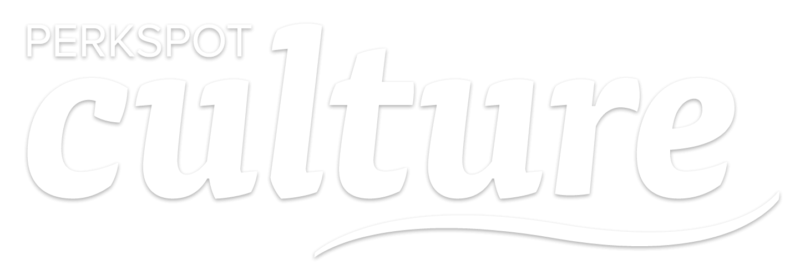The Returnship
Have you seen the movie, “The Intern”? You know the one. Robert DeNiro comes out of retirement to work for a thriving start-up in the fashion industry run by Anne Hathaway. Funny, heart-warming, and inspiring, it’s a film that not only highlights the new “Lean In” culture with corporate feminism at its core, but also focuses on the generational gap that exists between DeNiro and his fellow co-workers. Returning to the workforce after a tech boom caused DeNiro’s character to face many new obstacles he might not have anticipated.

Don’t worry. We’re not writing a film review here. But “The Intern” got us thinking about this relatively new trend called the “Returnship”.
“Returnship” was a phrase coined by Goldman Sachs in 2008 when they developed an onboarding program specifically designed for people who had taken a break from the workforce, either to raise kids, serve in the military, or just simply, to take a break and reevaluate. Similar to an internship, their purpose in this program was to sharpen skills that they may not realize they need after taking an extended time off and to help these employees land a job, either at their firm or elsewhere.
But Goldman Sachs isn’t the only firm providing this service. In fact, you can find returnships from many other companies such as Deloitte, PwC, Ford, Johnson&Johnson and more!
If you’re thinking about a Returnship or offering the program to your employees, here are a couple of the benefits you can find:
Returnships Provide Tech Training
Technology is constantly changing. Whether you’ve taken 2 years off or 10 years off, chances are you have a few things to catch up on. By participating in a Returnship program, you have an opportunity to sharpen your skills, without neglecting your job responsibilities. Returnships can provide the support and training needed to do the job successfully: a win-win for both employees and employers.
Returnships Provide Equal Opportunity
43% of women take time off to raise families. This fact alone has made it difficult in the past for women to have equal opportunity in the workforce. Returnships are changing that. No matter the reason for taking a break, Returnships provide equal opportunities for men and women to step back into the workforce when they are ready while gaining the necessary skills and growing their network.
Returnships Provide Launching Pads
Many people returning to work may not be 100% sure what type of job they’re looking to fill. For some their previous job may not exist, while others might be considering a career switch. Returnships can be a great launching pad for experimenting with various types of roles and understanding the various nuances and changes of each. After completing a returnship, employees will be better informed and prepared for the role they’re stepping into.
The internet is full of mixed reviews when it comes to returnships. Are you thinking about implementing this program at your company? What are the obstacles you think you’ll face?













